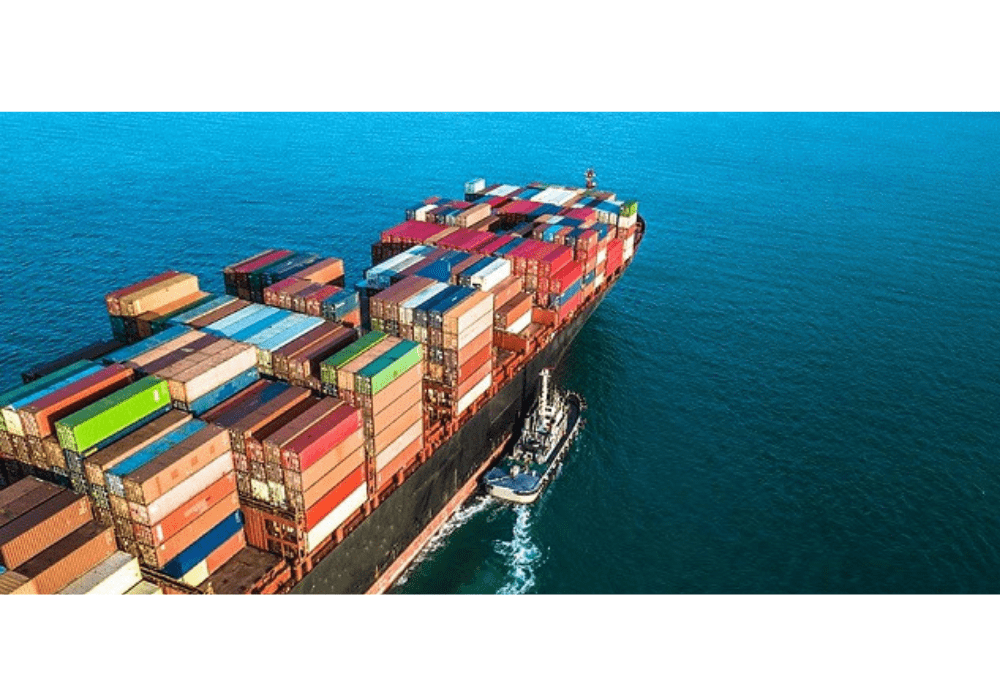Bangladesh’s garment sector has shown resilience in the face of new trade barriers, with apparel exports to the United States rising 22% this year even after Washington imposed a 20% reciprocal tariff. The growth highlights the strong global demand for Bangladeshi apparel and the sector’s ability to compete despite challenges.
The tariff, introduced in August, raised the effective duty on Bangladeshi garments to 36.5%. Exporters initially expected a competitive advantage, as Bangladesh’s rate was set below some rivals such as India and China. While that edge has not fully materialized, demand from major buyers has remained steady.
Read More: Gig Work Rises as Lifeline but Lacks Protection
Industry insiders note that some US retailers are pressing local factories to share part of the added cost—typically between 5% and 7%. Larger factories have agreed to partial cost-sharing to secure orders, while others have held firm, leaving contracts in negotiation. Despite this, the overall trend in exports remains upward, showing that Bangladesh continues to be a reliable sourcing hub.
The Bangladesh Garment Manufacturers and Exporters Association (BGMEA) and the Bangladesh Knitwear Manufacturers and Exporters Association (BKMEA) are urging members to engage in fair negotiations to ensure sustainability. They stress that while absorbing costs may secure short-term business, it risks undermining long-term profitability.
According to US Department of Commerce data, between January and July 2024, US apparel imports reached $45.8 billion, up 5% year-on-year. Imports from China dropped by 21% during the same period, while shipments from Bangladesh climbed to $4.92 billion, strengthening its position among the top suppliers to the US alongside Vietnam, India, and Indonesia.
Read More: Bangladesh Mango Exports Jump 66 Percent as Quality Improves
Industry leaders say the current situation is a reminder of both the resilience and the challenges of Bangladesh’s apparel sector. With consistent quality, large-scale production capacity, and a strong global reputation, the industry has proven its ability to grow even under tariff pressure. However, exporters stress the need for stronger negotiation strategies and supportive policies to sustain momentum in the months ahead.


